Backyard Gardening Compost
Get your step-by-step plan on how to set up a backyard gardening compost area. What the layers are, how to alternate them, heating tips, and more! A compost area is a great tool to have for any backyard vegetable garden.
When learning how to start a backyard garden, it all starts with the best soil and compost can help you get there.
Be sure to download the Compost Checklist below!
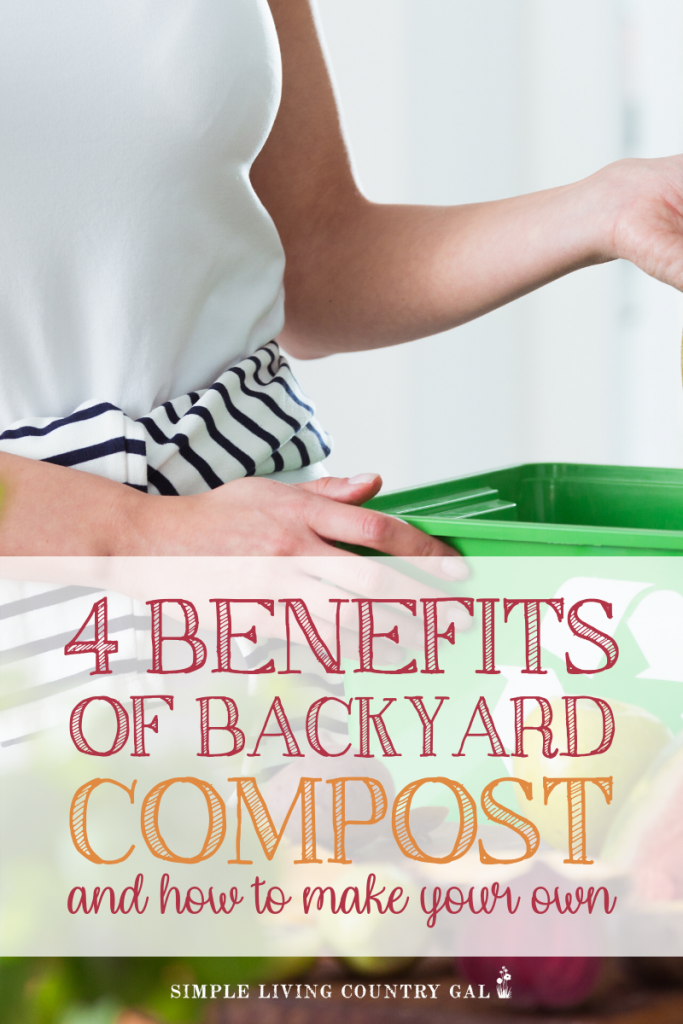
Have you ever seen that Gilligan’s Island episode where a crate of vegetable garden seeds washes up on shore? They are so excited to grow fresh veggies that they plant them all without a thought. Within a few days, they have mammoth lush plants full of ready-to-eat produce that are triple the normal size.
That scene always reminds me of the magic of using compost in your garden. Compost, or black gold as I like to call it, is the secret sauce to a successful garden. And the best part? You can do it all for FREE!
About eight years ago, we had a horrible time growing anything on our land. The soil was just awful, made mostly of clay, and the pH was all off. We needed to fix the ground if we wanted good produce, so I went to research how to do just that. Little did I know the secret ingredient that I needed to fix our stale clay ground, was sitting in a pile just a few yards away.
SLCG Pro Tip: Before you do any amending to your soil, you need to know where you are now. Start by doing a test to check your levels. You can use a pH soil test kit to know where you are now before you add in help. Get more tips on improving your soil here: Prepping Your Soil For A Successful Garden
Composting has been around for centuries and it is so popular with gardeners that you can purchase bags of compost at your local garden center. (Heads up, it’s not that cheap!) This can be helpful if you need just a little. But, if you plan to garden for years, having your own source can be beneficial.
Whether you have homestead animals or not, you can easily mix up a good batch of compost that will help your garden grow strong and healthy without the need for fertilizers to get the job done.
What is compost?
Compost is a decayed organic material that is used as a plant fertilizer in flower gardens, vegetable gardens, or crop fields. Worms, snails, and other insects work in a compost bin to break down organic matter into a rich, lush soil booster that can be worked into the soil before planting or added around the base of any plants that are currently growing.
What are some of the benefits of backyard gardening compost?
There are many benefits of compost, let’s go over a few of them now.
#1. Compost is Great Organic Matter
The compost provides organic matter that feeds microorganisms and macroorganisms. These little guys are key to a nice healthy garden.
#2. Compost is Full of Nutrients
Compost stuffs your soil full of yummy nutrients creating optimum conditions for plant growth.
#3. Compost helps with drainage
If you have clay soil it helps with drainage and aeration transforming it into a healthy platform for growing.
#4. Compost attracts worms
Compost attracts earthworms which are the “good guys” in any veggie garden.
#5. Compost does time release
When you compost, you help to release nutrients slowly so the benefits last much longer than synthetic fertilizers do.
#6. Compost keeps diseases away
It helps to keep away soil-borne diseases and pests that can destroy a garden in one quick season.
Gardening Hand Tool Set 3 Pack – MDSXO Heavy Duty Gardening Kit with Non-Slip Soft Ergonomic Handle, Great Garden Gift for Women Men[Stainless Steel]![Gardening Hand Tool Set 3 Pack - MDSXO Heavy Duty Gardening Kit with Non-Slip Soft Ergonomic Handle, Great Garden Gift for Women Men[Stainless Steel]](https://easyproductdisplays.com/wp-content/uploads/2017/07/buy6.gif)



Now that you know the why…let’s work on the how.
Sure you can purchase a compost tumbler like this one, and actually, those are pretty nice. However, I am a frugal homesteader, which means I look for ways to DIY what I need before buying.
The good news is, you can DIY a compost area quickly with few supplies.
Be sure to download the Compost Checklist below!
How to Make a DIY Pallet Compost Bin
To make a compost bin, all you need is a container of any size with 3 or 4 walls.
- Use 3 wooden pallets that are in tact.
- Attach them together to form a U shape.
- Secure in place with garden stakes or fence posts.
- Put a board or two in front to hold the compost in place
SLCG PRO TIP: Ensuring your compost pile has enough air is important. You can use a pitchfork to lightly “mix” things adding in the air needed. The more air there is, the quicker things compost down.
You can see how to build a compost bin at Thisoldhouse.com if you want exact directions. But there is no magical science here. As long as your compost can “breathe,” is kept relatively damp, and you add the correct ingredients in the correct order, you will be fine. This is why pallets work so well for this. The slats in the wood allow for great airflow.
I have since moved on to a compost pile. This requires no walls of any kind. As you add in the matter, you can keep it in a pile in your yard where it can compost down. No, it’s not neat and tidy, but it is effective and easy to get at if you have a large garden that requires a lot of compost throughout the growing season. We let our chickens work the layers together for us, this arrangement has worked perfectly for the last few years.
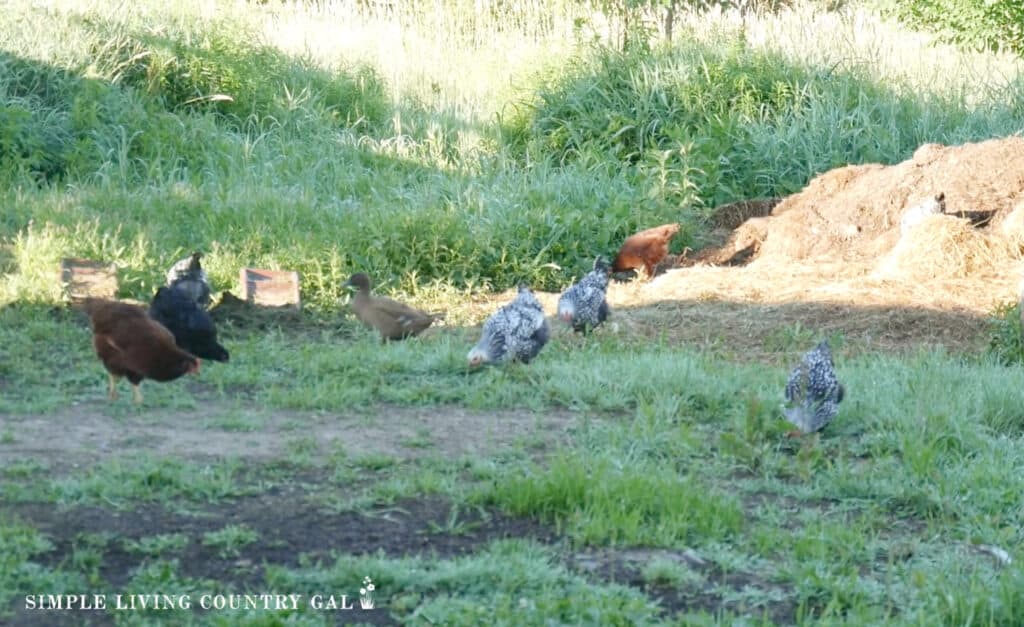
Where should you put a backyard compost pile?
The location of your pile is probably the most important decision you will make.
- You want it close enough to your garden that using it is not a huge inconvenient chore.
- You also want it close enough to your barn or home so that adding to it is easy.
- And finally, you want it far enough away from your house that the aromas do not overtake your Sunday dinners.
Next, let’s talk about what ingredients are needed for a successful backyard compost area.
Some compost ideas are:
- Cut grass
- Eggshells
- Coffee grounds
- Livestock manure
- Produce scraps
- Wood ash-keep this to a minimum or at the least monitor your PH levels if using.
- Soiled livestock bedding
- Livestock manure-(NOTE: Do not add manure directly to plants as it can spread pathogenic organisms to your soil and possibly your plants as well.)
- Old newspaper or paper feed sacks – don’t worry about ink. Most newspaper ink is soy-based and safe for plants.
- Old leaves
- Plant clippings-do NOT use weeds!
- Pine needles
- Twigs, bark, and sawdust
SLCG Pro Tip: Do not add oils or fats to your compost pile; this will not only attract unwelcome critters, but it will provide no value to your soil. A good rule of thumb is this; if it came out of the garden, it can go back in.
Just about anything organic can be composted; the key is how you place the matter into your compost bin.
Adding Matter to your Backyard Gardening Compost Bin
Compost is divided up into two parts. Green matter and Brown matter. The green matter is high in nitrogen and provides protein to your composting organisms. The brown matter is high in carbon and provides energy. You need a good balance of both for a successful compost bin.
Brown Compost Matter:
- Straw
- Paper products
- Leaves
- Pine needles
- Twigs, bark, sawdust
- Wood ash from wood only! And only use in sparing amounts.
Green Compost Matter:
- Coffee grounds/filters
- Kitchen scraps
- Grass
- Manure-do not use feces from pets or humans.
- Plant clippings-not weeds!
- Produce scraps
- Eggshells
The trick is to layer your green matter and your brown matter to keep your compost balanced. This is not an exact science, but you will want to try to keep your layers even. If you toss on a ton of grass clippings, for example, you may want to add some manure-soiled straw or leaves.
SLCG Pro Tip: Manure is a composter’s dream ingredient. My gardening skills went through the roof once I had a healthy supply of manure at my disposal. You can add it to your compost pile, allowing it to age where it is safe to use in your garden. If you live in a colder area, you can add manure directly to your garden in the fall, allowing the winter snow to help work that manure into your garden.
Once spring arrives, use a rototiller to work the manure into the soil. This step is perfect if your soil is less than optimum. If you don’t have a rototiller, you can rent one or borrow one from a neighbor.
Remember, do NOT add fresh manure directly to your plants, as it can burn and damage them.
Be sure to download the Compost Checklist below!
What Not to Compost:
- Meat, cheese, processed foods. Anything that can get moldy.
- Milk, juice, pop
- Pet or human feces
- Weedy materials
- Diseased plants
- Ash from a charcoal barbecue
- Dairy products
When you add your layers to your backyard compost area, there are a few things you can do to speed things up. Two ingredients will help you out here, and they are water and air.
Remember, compost is a living, breathing thing, so in order for it to be healthy, just like humans, you need to ensure there is enough water and air. Compost will decompose quicker when it’s wet. If you live in a dryer climate, you will want to water your pile routinely to keep it damp, with your goal being a pile that is 40-60% water.
How do you know if your compost needs water?
Take a small handful of your compost and squeeze it out. It should feel like a damp sponge. If not, then you can spray it down until it is.
The secret to a productive compost pile is the health of the organisms that are there, breaking things down if your pile gets compacted down, slowing the composting process because you will not have enough oxygen for the organisms at work for you.
To help, use a pitchfork to turn your compost every few weeks or move your pile from one bin to another.
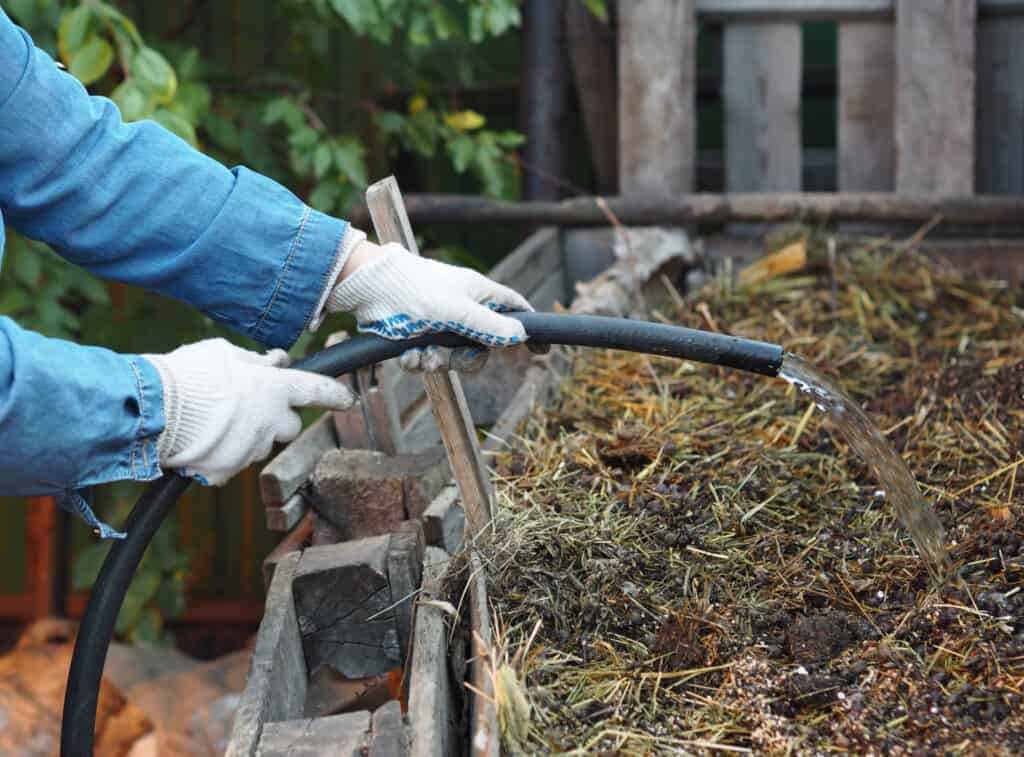
Why does a compost area need air?
To keep the fast-acting aerobic bacteria working, they need air. If your compost becomes compacted, the slower-working anaerobic will take over, meaning there is less air to move things along. This is not a huge issue, but it will matter if you are in a hurry to use your compost.
To encourage more airflow, you can shred matter before adding them to your compost area. Larger items such as branches, stems, stalks, shrubs, and even leaves can be shredded to jump-start the composting process.
How to use your backyard garden compost.
One of the best times to add your black cold compost is in the spring when you are planting. I like to put piles all over my garden and then work it into the ground using our rototiller.
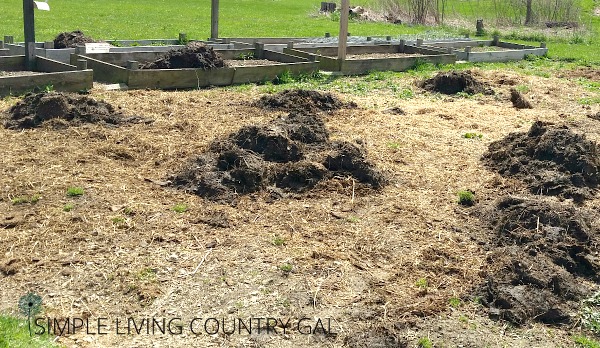
If you have backyard chickens, you can let them take care of this chore. Use a temporary fence keeping them inside of your garden area. They will scratch through the piles spreading them out and breaking down any large clumps.
It amazes me how they work quickly work the compost piles into a workable layer that I can spread out with little effort.
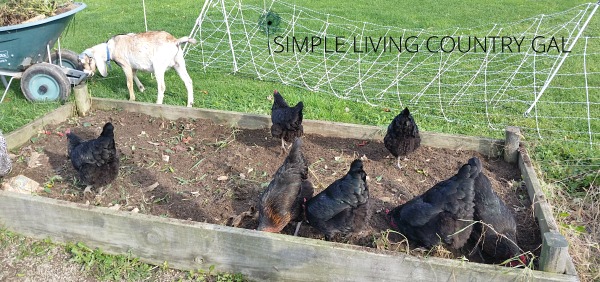
READ: How To Keep Chickens Next To Your Garden
Throughout the summer, you can add compost directly around the base of your plants, just like you would mulch. This is where knowing your pH is so helpful. Just as with anything, too much is not always a good thing.
SLCG Pro Tip: Remember, compost is not a fertilizer, per see. That means. you will still need to add any missing nutrients to your soil. Always be sure to test your soil as you monitor its recovery.
Natural organic gardening is, in my opinion, the best way to grow food for your family. Sure, there is a bit more work involved, but in a world full of chemicals, why not do what we can to use natural products? Expensive fertilizers are unnecessary if you have access to organic compost.
If you are unsure that composting is right for you, start out small and take it for a test drive. I promise you it is easier than you think! Building a backyard gardening compost setup is a great investment of your time and will help you grow as a gardener for years to come.
More Gardening Resources:
- What is the Best Vegetable Garden Size?
- How to Have a Successful Garden
- 10 Tips for Beginner Gardeners
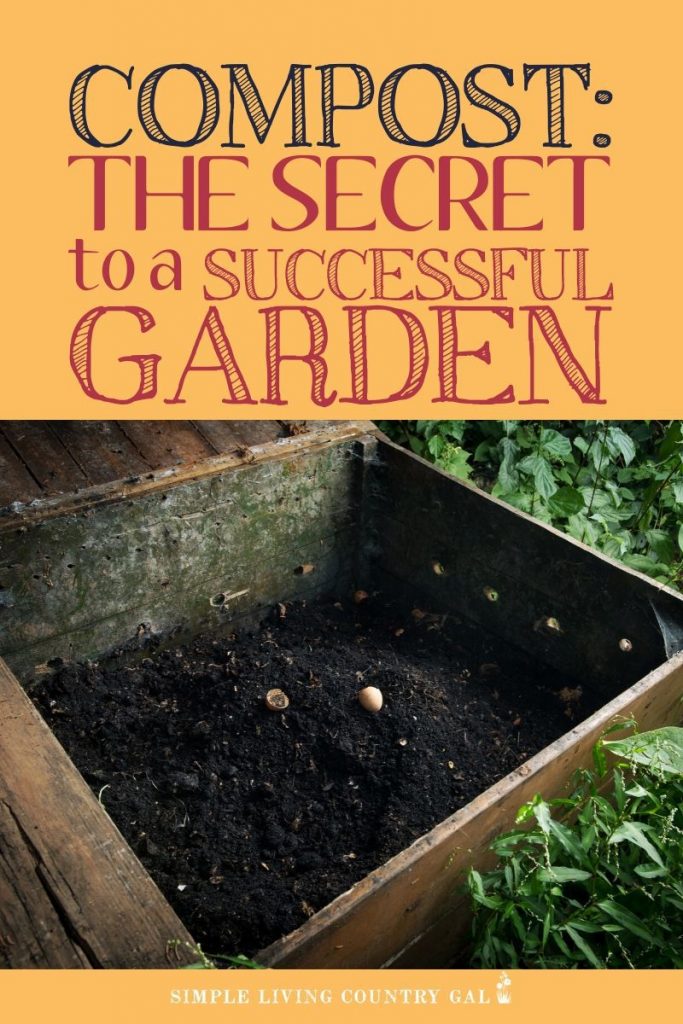

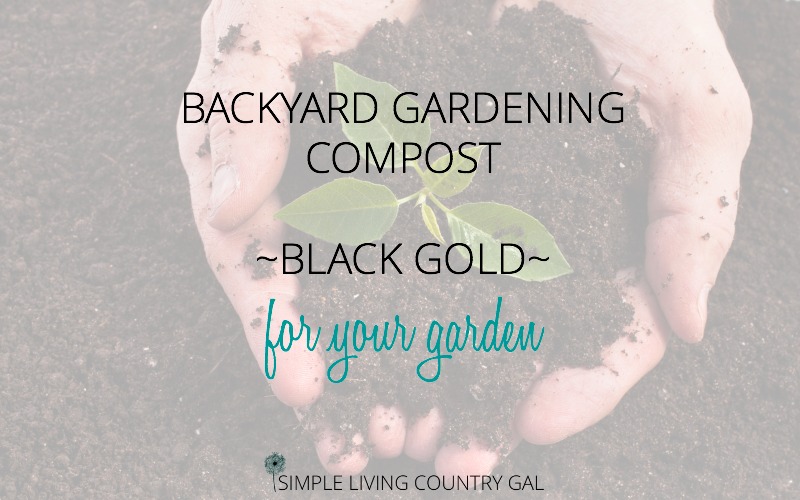
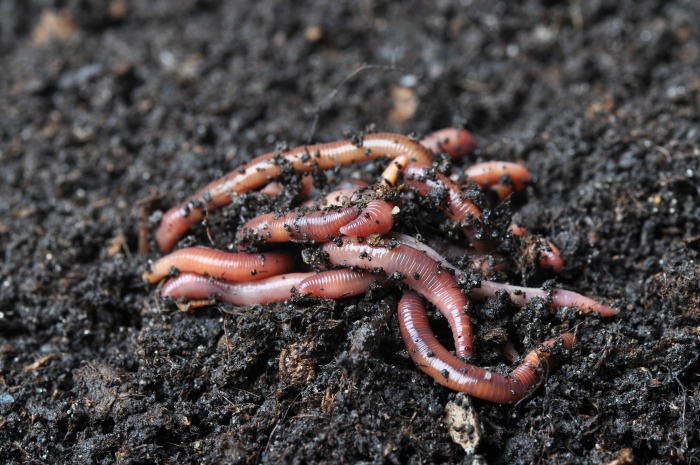
![Gardening Hand Tool Set 3 Pack - MDSXO Heavy Duty Gardening Kit with Non-Slip Soft Ergonomic Handle, Great Garden Gift for Women Men[Stainless Steel]](https://m.media-amazon.com/images/I/41qgPIFVlJL._SL500_.jpg)




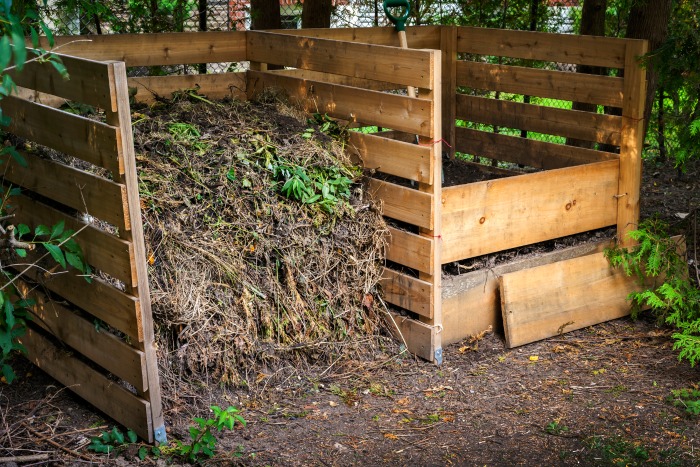
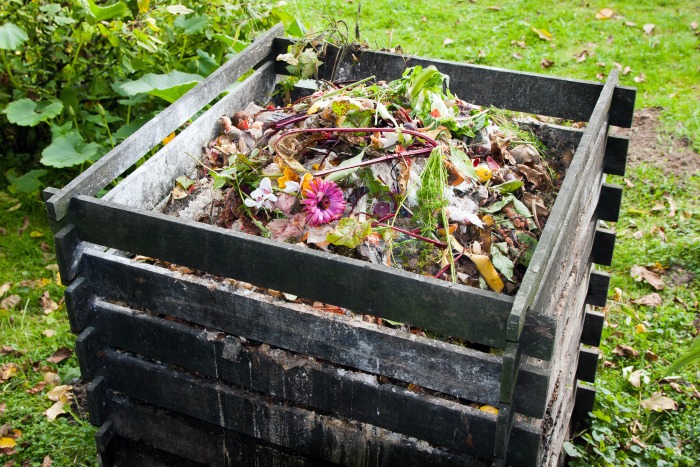
Hi Tracy,
I’m finally attempting composting. I have 2 questions. 1. How do you keep critters out of your pile if you’re throwing kitchen scraps in there? 2. What’s your opinion on citrus rinds, like grapefruit? Thanks for your help.
Hi Wendy!!
The only scraps you will be tossing in are mainly produce items, so I rarely have issues with critters. As far as citrus, I do add in peals and such but don’t do too much as it can change the acidity in the pile.
Good Luck!
Tracy Lynn